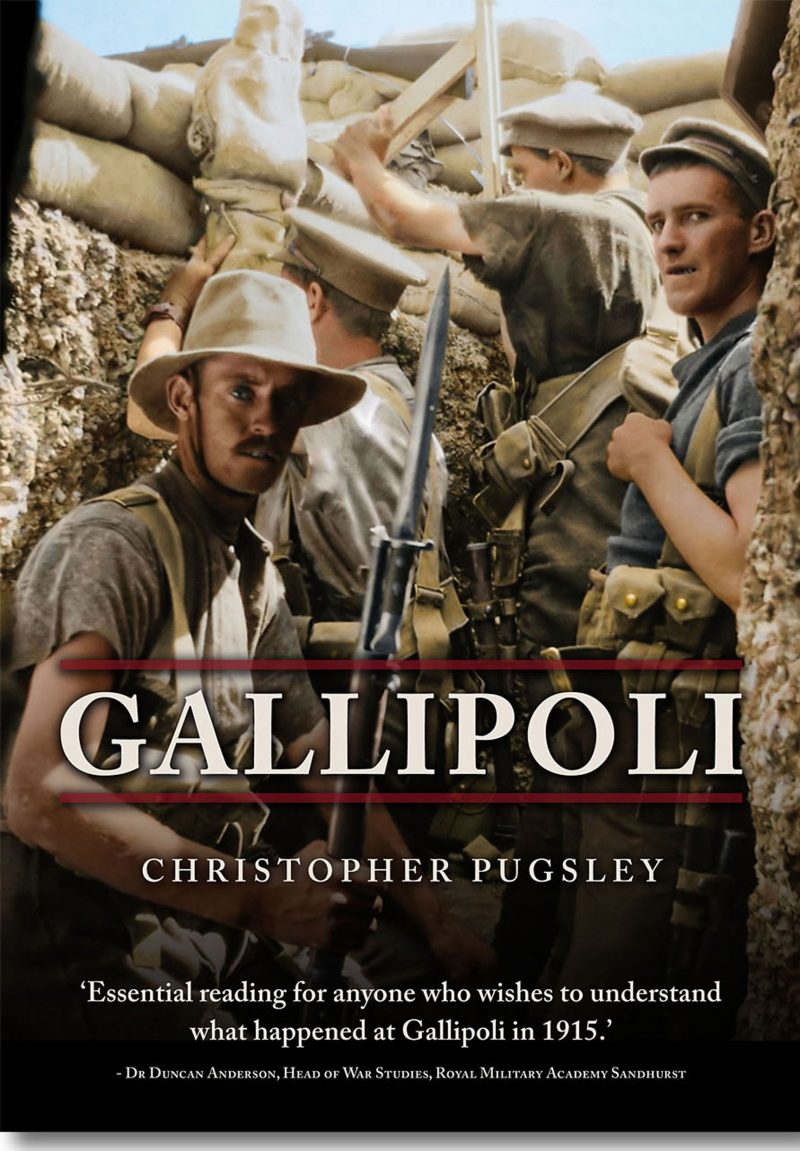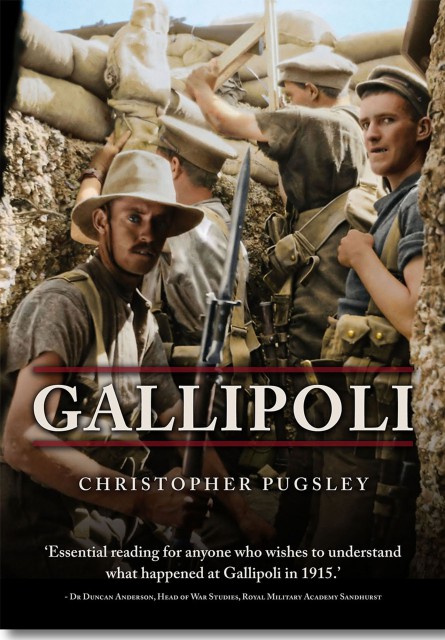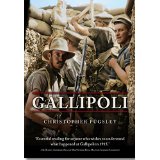This is a good book and I have thoroughly enjoyed reading it. It is about the Gallipoli Campaign from the New Zealand perspective as part of the Australian and New Zealand Army Corps, the celebrated Anzacs.It is, like so many books that are written about the Great War, be they individual, regional or national,a book about identity. It is about making sense of the war, finding a place in it and in the world that emerged afterwards. Pugsley says of the New Zealand forces, “we became submerged into an Anzac epic, where the deeds and even the name were synonymous with Australia.” His point being that New Zealand troops were distinct and separate from the Australians.
In 1914 the attitude in New Zealand was that Britain was home and they were very much part of the Empire. The story is parallel to so many others across the globe where young men wanted to get into the great adventure before it was all over. The desire was the same if the accent was different. They were known at the time as the ‘Fernleaves’ or the ‘Pig Islanders’, not the ‘Kiwis’ as they are today and their name has become became synonymous with the Daisy Patch, Chunuk Bair and Hill 60.
The Briton, Major-General Godley,was in command of the New Zealand forces and I was not surprised to read that he was unpopular with the troops and unpopular with the author. Pugsley is critical that this British officer took up the post of military commander in New Zealand because of a lack of money and to further his career. For all of his faults Godley was a professional soldier and by strict training he turned the New Zealand soldiers into a professional and disciplined force. The formation that went to Egypt and then to Gallipoli as the New Zealand and Australian Division was not slap-dash, shoddy or ill-disciplined, it was smart, efficient and well trained.
Pugsley was soldier himself, his military background and experience shows in this detailed and well researched book. Of the New Zealand landing and Godley, Pugsley says, “It is inconceivable that a commander with the slightest expectation of his soldiers being committed into action would have allowed them to disembark without a commander and without a headquarters.” Godley did just that. Pugsley goes on to tell us what a ‘muck up’ the landing on 25 April was and that the Australians were defeated by the landscape as much as anything else. Chapter by chapter the book describes life and death at Anzac Cove and Helles and he blames the senior officers and poor planning for the failure of the Campaign. While that is true I personally think that the Turks had something to do with it as well.
British troops, it seems, disappointed the New Zealanders who had expected so much from these famous soldiers. However, as a soldier says in the book, by the time that the Gallipoli Campaign began most of the famous, pre-war British regular army was dead and buried in France and Flanders. I would agree with Pugsley that it is wrong for anyone to generalise about the quality of the Allied troops at Gallipoli, there were poor and top quality soldiers from all of the Allied nations on the Peninsula. Mostwere rendered ineffective by illness. This,the deteriorating conditions and increasing Turkish forces and ordnance lowered morale and capability to dangerous levels. Things were so bad that there was nothing for it but to evacuate the Peninsula.
This is a well thought out and informative book that celebrates the comradeship between the New Zealanders and Australians while defining the difference between the two nations. It contains interesting photographs and has very useful appendices. There is a comprehensive chronology, useful statistics, a superb bibliography, index and glossary. Although this is not a new book, it is worth seeking out and reading. I recommend it to anyone who has an interest in Gallipoli and the Great War in general. It is a good read and worth having on your bookshelf.
Reviewed by Dr Wayne Osborne for War History Online.
GALLIPOLI
By Christopher Pugsley
Published by Hodder and Stoughton, 1984. Sceptre Paperback, 1990. Reed Publishing (NZ), 1998, reprinted 2003. Penguin Group, 2008. Oratia Media and Pen & Sword, 2014.
Paperback, 400 pages.
NZ ISBN 978 1 877514 64 7
Ebook ISBN 978 1 877514 65 4
UK ISBN 978 1 84832 788 7


